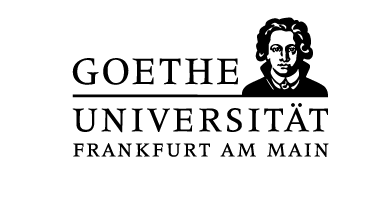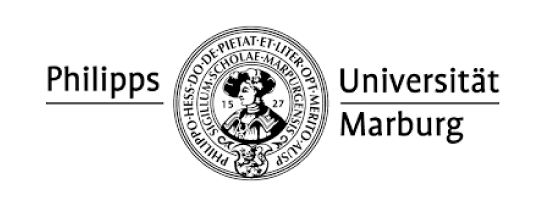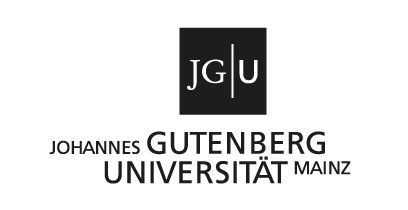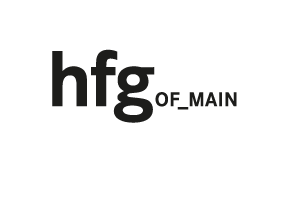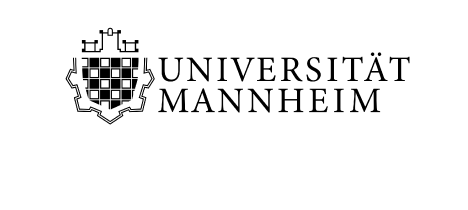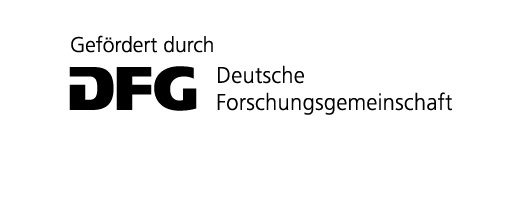Misinscriptions: A Media Epigraphy of Image Errors
Taking at face value Laura U. Marks’s observation about analog film that “the emulsion itself remembers the passage of time,” one can think of images as palimpsestic surfaces that both partially reveal and partially obscure their own memories of the past. Misinscriptions is an archaeology of poor images that re-evaluates inconspicuous visual phenomena like interlacing artifacts and macroblocking as historical traces. These signs of decay accrue and persist throughout format changes and are usually thought of as losses. But provided with the right ways of listening, they also speak about the provenance and historicity of media objects.
The final chapter turns towards present archival practices and addresses the recent international standardization of “lossless” video formats to engage critically with notions of loss and memory within audiovisual archives.
Methodologically, this project is situated between media archaeology and science and technology studies, but the individual chapters also make interdisciplinary contributions to disability studies, archival science, and the emerging field of format studies.

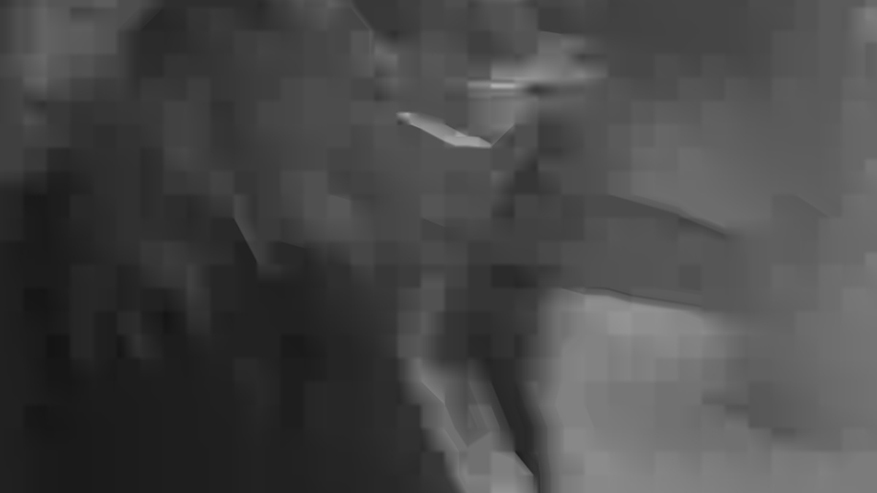
Profile
Dr. Marek Jancovic is Assistant Professor of Media Studies at the Vrije Universiteit Amsterdam and coordinator of the master’s program in Arts & Culture: Comparative Arts and Media Studies. His research is centered around the materialities of the moving image, film preservation practices, media and the environment, and format studies.
Marek is the principal investigator of CINEAGRI: Agriculture and the Global History of Celluloid Film Manufacturing (2024-2027), and author of A Media Epigraphy of Video Compression: Reading Traces of Decay (2023); together with Jimi Jones, the author of The Future of Memory: A History of Lossless Format Standards in the Moving Image Archive (2025) and, with Axel Volmar and Alexandra Schneider, the editor of Format Matters: Standards, Practices, and Politics in Media Cultures (2020).
Marek was an associate member of Configurations of Film between 2017 and 2020, and obtained his PhD in Film Studies from the University of Mainz in 2020.
https://research.vu.nl/en/persons/marek-jancovic
